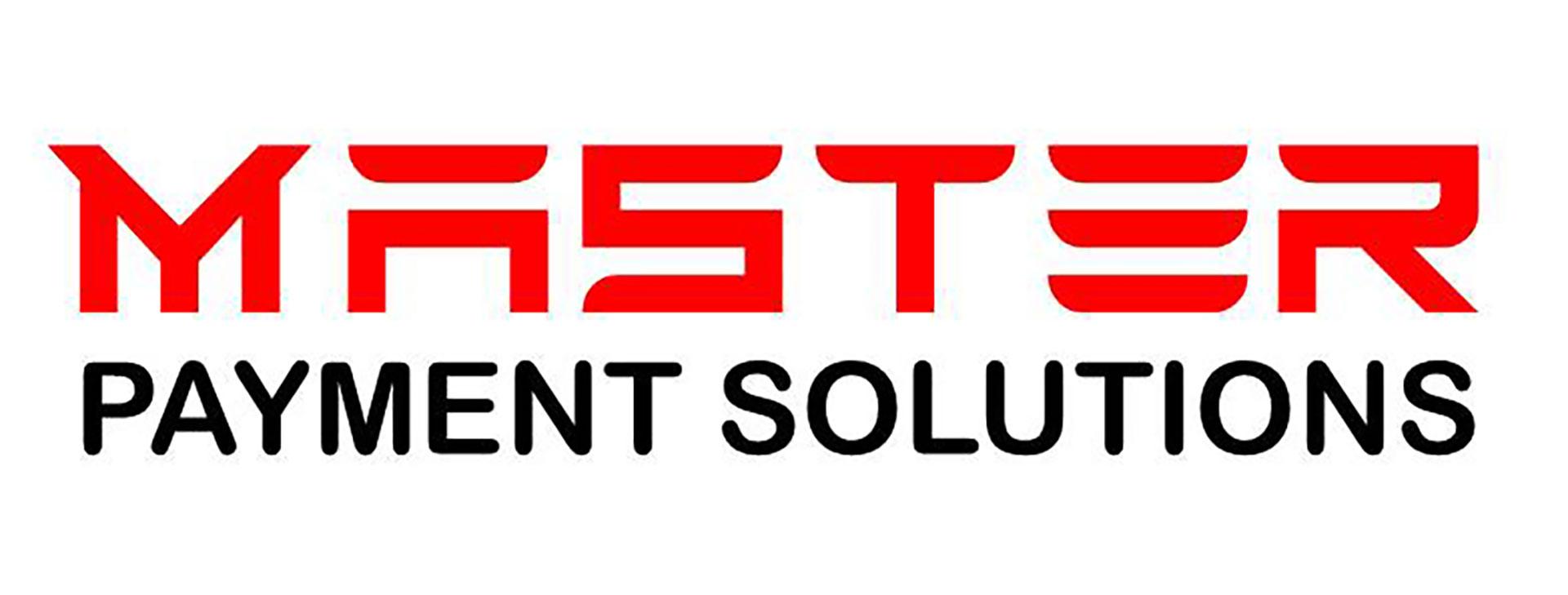Employing nearly 750,000 people and providing over 60% of all small business loans,1 thriving community banks are vital to the overall success of local economies.
As the digital revolution continues to evolve and transform consumer expectations, financial technology – or fintech – is disrupting the traditional financial services sector and severely impacting community banks who aren’t able to compete by offering innovative digital solutions. Amazon revolutionized the way we shop; comparably Square is trying to alter the way consumers and small businesses bank. With Square recently making headlines for obtaining regulatory approval to start a bank,2 further disruption in the financial services industry is expected. Other non-traditional financial services solutions are continuously being offered, such as the Verizon Visa rewards credit card that allows users to defray the costs of their smartphone and bills.
Fortunately, these shifts present abundant opportunities for community banks.
Through strategic partnerships, banks are able to achieve success by offering new financial technology capabilities and the advanced digital solutions their customers demand. Meanwhile, community banks can focus upon building their competitive advantages, such as their trusted reputation and solid customer relationships.
The disrupter to the banking industry, fintech, is exactly what community banks need to enhance solutions in order to compete. Implementing strong fintech solutions is an important growth strategy for community banks. In fact, 20% of traditional financial institutions expect a 20% annual ROI on fintech projects.3 This white paper examines some of the advantages as well as other key considerations for community banks that are considering leveraging new financial technology partnerships to advance their internal efforts to innovate.
Enhanced operational efficiency and scale for community banks.
As large national and regional banks consolidate their market share, it is more critical than ever for community banks to ensure efficient operations and scalable growth.
In 2019, purchase transactions handled by the five largest banking institutions reached $103.56 billion,4 up 6.8% from the previous year.
Community banks face additional pressures to innovate swiftly and efficiently due to the demands to keep small businesses afloat during the recent COVID-19 pandemic. According to a recent report by the Federal Reserve Board, U.S. deposits grew over $2 trillion in the first six months of 2020,5 spurred by both businesses and consumers preferring to save amid the uncertainty. Yet over two-thirds of the influx went to the largest financial institutions,6 with top banks JPMorgan Chase, Bank of America and Citigroup seeing most of the gains and growing faster than smaller banks.
It goes without saying, the pandemic has accelerated the demand for digital solutions that reduce face-to-face interactions, such as online payment processing applications and remote onboarding. These needs are expected to continue long term, as a recent J.D. Power survey reports only 46% of consumers will go back to “banking as usual.”7 The biggest changes will be increases in mobile banking (20%) and online banking (17%).
Yet as “high-touch lenders that specialize in relationship banking,”8 community banks are in a strong position to capitalize on their nimble nature to adapt quickly by partnering with strong financial payments and technology providers. Robust financial technology companies offer the opportunity to provide sophisticated digital services without spending the time and resources to develop the capabilities inhouse. Through these strong payments and technology partnerships, community banks can maximize profits and improve efficiency through lucrative revenue-share models and greatly impact their non-interest income.
These strategic relationships also allow community banks to reduce their risk, liability and PCI DSS compliance scope. As financial payments and technology companies pioneer cybersecurity solutions like biometric technology, tokenization and encryption of payment data, banks can pass these features on to their customers for enhancement of their data protection capability.
Deliver faster, better solutions for customers
One of the most significant advantages of cultivating partnerships with financial payments and technology companies are the ability to provide banking customers with more competitive rates and fee structures. For instance, leveraging the interchange optimization capabilities of financial payments and technology companies can have a major positive impact on small business customers, who depend on lower payment processing fees to boost margins. Consumer expectations for online banking services are also on the rise, and institutions committed to digital transformation are poised to see long-term gains.7 Nearly half of big-bank customers are considered “high digital engagement,”7 compared to only 41% of customers at regional banks and 36% of those at midsize banks. Therefore, community banks that embrace innovation have an opportunity to increase their market share. Digital solutions are increasingly more important for attracting new customers in the younger millennial demographic.
By partnering with innovative financial payments and technology companies, community banks are well-positioned to offer their small business clients the pioneering solutions they need to succeed. From powerful customer analytics to report automation and business intelligence hubs that let owners track inventory, manage employee schedules and access real-time transaction data, financial payments and technology companies specialize in building digital tools that help small businesses thrive.
Other fintech solutions that benefit community banks’ small business customers include integrated payments and a seamless omni-channel experience. Online, this means payment processing that integrates with popular shopping carts and APIs for a smooth, fast and secure checkout experience. In person, this means mobile payment terminals, contactless payment acceptance and supporting mobile wallets like Apple Pay® and Google Pay™. Contactless features have become especially important in recent months as customers and employees alike seek to limit interactions with cash and high-touch surfaces. In March 2020 the Electronic Transactions Association reported a 27% increase in payments to small businesses made with phones and contactless cards.9
Improved customer experience and brand reputation
Community banks that provide cutting-edge digital services strengthen customer relationships and enhance their brand reputation. This is particularly true as the coronavirus pandemic propelled the payments industry to respond with creative solutions.9
Spain’s largest bank introduced a service allowing retailers to sell products directly through their social media accounts and accept payments online. Major credit card brands including Visa and Mastercard increased transaction limits for tap payments10 to encourage more touchless checkout experiences.
Keeping up with this rapid pace of innovation and pivoting quickly to meet evolving business needs are facilitated by a partnership with an innovative financial payments and technology company. For example, Elavon’s Technology Lab, “The Grove”, in Atlanta is designed to give small businesses a voice in an industry that otherwise doesn’t always listen. As a flexible and nimble operation, the lab quickly implements customer suggestions to update Elavon products and address current concerns, which can then be rapidly disseminated to customers through their dedicated community and regional bank channel.
A simple yet innovative online interface and user experience promotes community banks as forward thinking, which results in enhanced customer confidence and brand reputation. Partnering with financial payments and technology companies that offer tiered levels of integration can allow community banks to develop unique branding strategies that leverage fintech offerings while carrying their own brand forward.
New digital solutions are being developed every day, and many customers are planning to increase their use of online and mobile banking services in a post-pandemic world.7
Community banks have an opportunity to expand their customer base and increase revenue when they invest in strategic financial payments and technology companies that support their primary objective and fundamental culture – helping small businesses grow and families meet financial goals.
When evaluating potential partners, it is important for community banks to understand the level of risk, the regulatory compliance implications and the impact on customer data security. It is also necessary to assess fundamental elements, such as the cultural fit of the two organizations. For example, partners that are both very customer-service oriented experience amplified success based on this alignment in core values and approach. As Matthew Good, senior vice president and general manager at Elan Advisory Services advises: “Be sure you have a partner that shares the same core values, so that you have a program you are proud of.”


